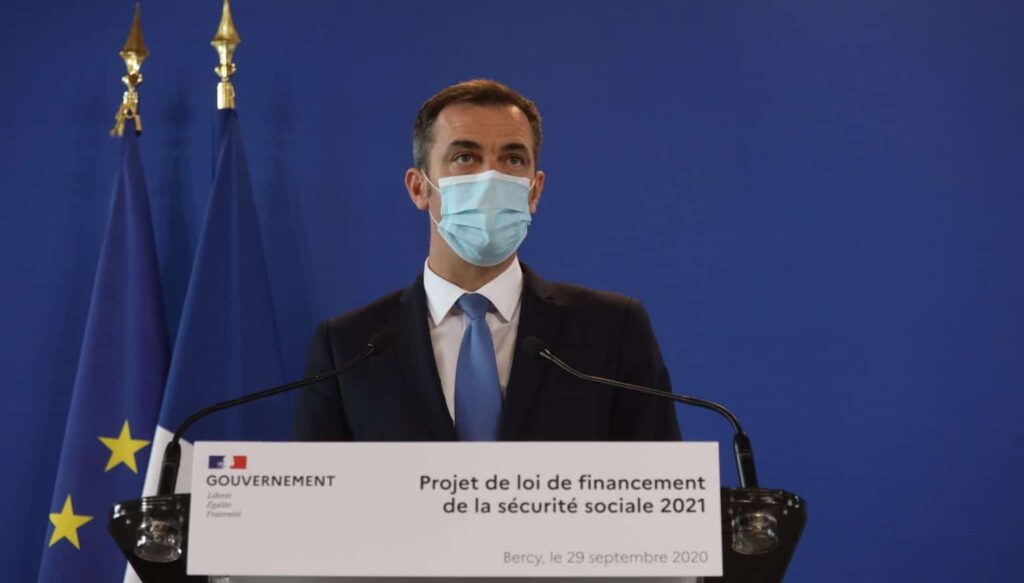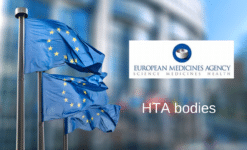
The PLFSS 2021 law was voted but all decrees are not yet published. Ongoing discussions with the CEPS (Pricing Committee) and the Ministry of Health make difficult to anticipate the next steps from an operational point of view.
ATU system had become very variable and complex because of legislative changes and was a paradoxical model with procedures that slowed down its implementation (which is the opposite of the objective). For instance, RTU is a temporary recommendation for use for a medicinal product already on the market for which there is clinical evidence of interest in another indication (without MA). Nevertheless, the system does not work today as only few RTUs are granted, and it is very long to obtain the approval of the ANSM/ HAS (5 years on average). The initial advantage was a direct access post-Marketing authorisation, but it did not work considering the time of negotiations with HAS and CEPS.
The new system, which came into force on July 1, 2021, will introduce a simplified two-tiered procedure:
- Early access authorization for innovative medicines for which the pharmaceutical company undertakes to submit a Marketing Authorization Application (MAA) in the targeted indication within a specific period. Request is made by the pharmaceutical company.
- Compassionate access authorization will cover medicines that will not be the subject of an MAA request, but which meets an unmet therapeutic need. It may be requested either by a physician for a named patient or by the ANSM in the form of a recommendation covering a cohort of patients.
What will remain:
- Reform aims to harmonize, homogenize and simplify the early access with the same goals
- 5 criteria are considered essential and remains unchanged: treatment of a serious, rare, or disabling disease; absence of appropriate treatment; the implementation of treatment cannot be deferred; drugs that are highly presumed to be effective and safe; and “presumed innovative” drugs. Quotation marks are more relevant than ever, since it is difficult to know how this presumption of innovation will be assessed by the HAS.
- The pharmaceutical company needs to submit a MAA within a specific period.
- The treatment is still entirely covered by the health insurance and reimbursed up to the fixed indemnity directly to the hospital
- The funding rules remain. The indemnity is freely set up by the company, but subject to yearly notifications of volumes and turnover, yearly annual rebates and retroactively aligned with the final price. Company will pay back the difference between the indemnity and the price.
What will change?
- Procedure simplification: a unique dedicated platform. It should be more attractive to pharmaceutical companies that are developing innovative medicines.
- Request is opened to patient associations and learned society
- Approval will be based on a decision taken by the French National Authority for Health (HAS) following the advice and consent of the French National Agency for Medicines and Health Products Safety (ANSM). HAS now leads the decision, then authorization may be more difficult to obtain it used to be and market access has a role to play.
- Quicker process as the feedback should be obtained within 3 months.
- Collect efficacy data with a focus on variables of interest must be developed and defined in the protocol for therapeutic use (PUT-RD), negotiated between the manufacturer and the authorities. Safety data, actual conditions of drug use and characteristics of the population are supposed to be clearly defined. Patient Reported Outcome measures are highly recommended to be included in the data collection.
- Stopping rules are now described in the law. The end of the programmes will be published in the Official Journal with the circumstances and with the obligation for the company to ensure a treatment continuity for the patient within the limit of 1 year.
- Unlike ATU, early access authorisations will be limited in duration. Although renewable, this term will be fixed by decree (3 years max).
- The principle of increasing discounts if the delay of 180 days between the filing of the reimbursement application and registration is exceeded makes the whole new system very dissuasive. This period has already been considerably shortened by the examination phase by the HAS on average of more than 130 days. Furthermore, for many drugs, the 30-day time limit for submitting a request for inclusion in the reimbursement after obtaining the marketing authorization is too short to collect additional data relevant to the preparation of the dossier for HAS.
- In the case of early access, once a drug is approved, the manufacturer can set a price which will be fully reimbursed. However, this is subject to a double mechanism of rebates. The manufacturer must finance the collection of data, ensure the continuity of treatment, and submit an MAA within a determined period. For the compassionate access route, invoicing will be based on the published price if one already exists and is subject to rebates at the end of the year, which are calculated based on turnover. If no published price exists, the setting of a fixed price by the Ministry of Health is possible. The PLFSS 2021 has thus abolished several rebate mechanisms, thereby simplifying the financial regulation of the early access system.
- Cash advances will be requested by the CEPS to amortize the rebates before pricing publication in the Official Journal. Before, this compensation was arbitrary, at an unpredictable date. Tomorrow, this cash advances will be set according to a scale that will be calculated based on company revenue. This scale may be increased (if no MAA is planned, if no pricing agreement is found within 180 days, if another drug within the same indication that answer to the unmet therapeutical need is reimbursed, or if the innovation is questioned by the HAS during the
What needs to be clarified
- How is the presumption of innovation and the pre-existence of appropriate treatment evaluated? What is the risk to have these criteria becoming a limit to innovation? Therefore, the legislator stated that “the innovative character would be assessed in particular with regard to a possible clinically relevant comparator”. If we look at it more closely, the drugs concerned by early access are very often innovative drugs that are particularly expensive to treat serious pathologies (cancers, diseases of genetic origin, etc.)
- What about drugs in ATU or RTU at the expiry of the authorisation? Some do not fit with the new definitions of early access / compassionate access.
- What about the price for imports outside the European Union in compassionate use? Will we have a regulated price for US imports?
- Conditions for taking charge of specialties with early access, as well as the rules for setting turnover thresholds and associated discount rates, are not explained at this stage.
- The scale of the cash advances has not been published yet, but will be transparent and simplified (as compared to previous mechanisms)
These changes provide an opportunity for patients to get a faster access to innovative medicines and for healthcare industries by giving them a better visibility of the system. The new rules are anticipated to be faster but also simpler, particularly for financial regulations. However, strengthening of selection criteria and the increasing role of the French HTA Agency in the choice of drugs eligible for early access may also have a significant impact when setting up an early access program.





